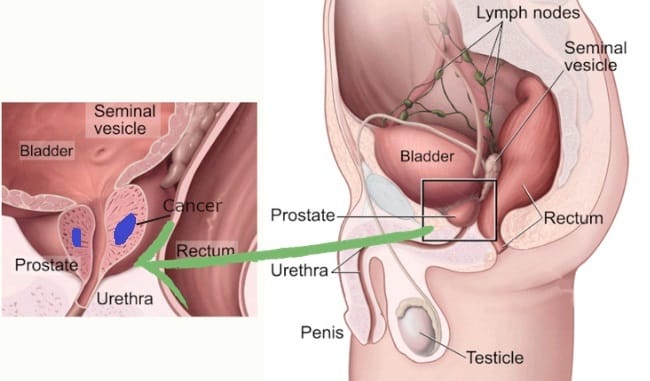
Your responses suggest potentially localized prostate cancer, corresponding to Stage II. This stage generally corresponds to TNM values of T2b-T2c, or T1-T2 with a higher PSA level or Gleason score. This stage implies that the cancer is larger but still confined to the prostate or that it involves both lobes of the prostate. Treatment options for Stage II prostate cancer are varied and should be discussed in detail with a medical professional.
Localized Prostate Cancer
The NCCN Guidelines provide comprehensive recommendations for the treatment of localized prostate cancer. These include initial risk stratification and staging workup, which involves assessing clinical/pathological features and additional evaluations. The guidelines recommend various treatment options based on risk groups.
| Risk Level | Recommended Treatment |
|---|---|
| Very-Low-Risk and Low-Risk | Active surveillance (AS) is recommended. |
| Favorable Intermediate-Risk | Treatment options include AS, external beam radiation therapy (EBRT)/brachytherapy, radical prostatectomy, and observation, depending on life expectancy. |
| Unfavorable Intermediate-Risk | Recommended treatments are EBRT with androgen deprivation therapy (ADT) for 4-6 months, radical prostatectomy with pelvic lymph node dissection (PLND) if the risk of lymph node metastasis is ≥two percent, or observation for men with low survival expectancy. |
| High- and Very-High-Risk | Multimodal therapy (such as EBRT + 1.5-3 year ADT + docetaxel for very high-risk disease), radical prostatectomy with PLND, or observation for asymptomatic patients with low survival expectancy are recommended. |
Updates in 2022: The guidelines have included the use of Ga-68 PSMA-11 or F-18 piflufolastat PSMA PET/CT or PET/MRI for bone and soft tissue imaging. Also, EBRT+ADT+abiraterone acetate is added for high- or very-high-risk groups. The panel emphasizes the use of nomograms and consideration of various demographic and clinical factors for individualized treatment discussions.
It’s important to note that while this information provides an overview of the NCCN Guidelines for localized prostate cancer, accessing the full guidelines would give a more detailed and comprehensive understanding of the treatment options and recommendations.